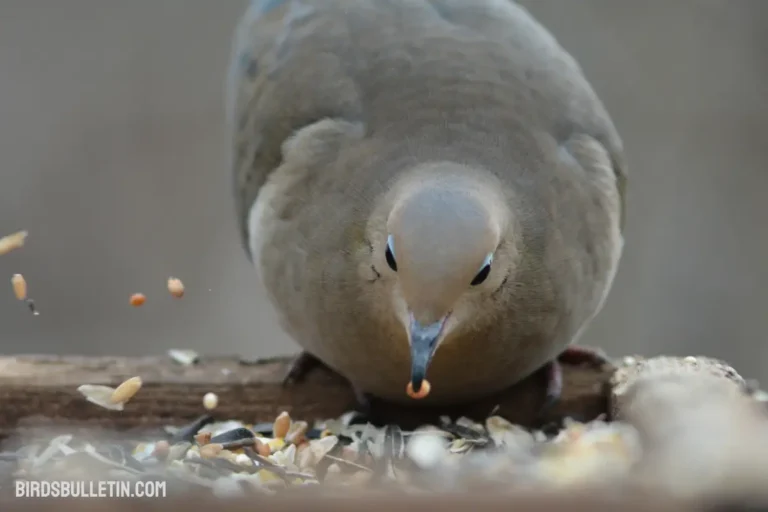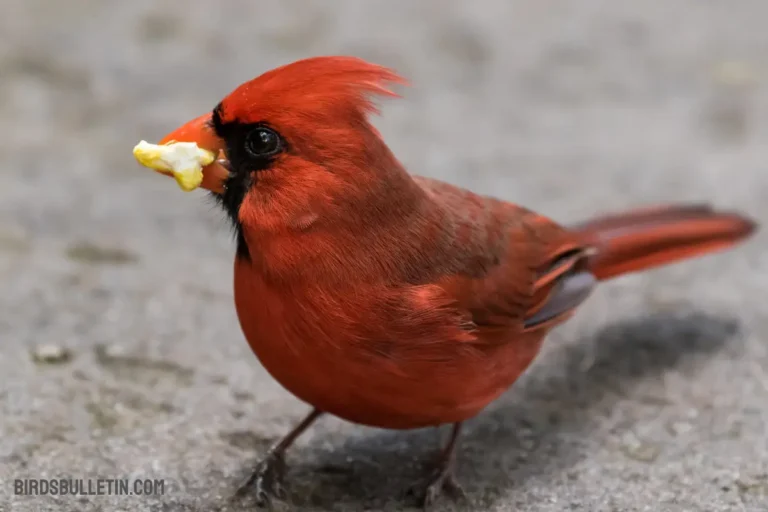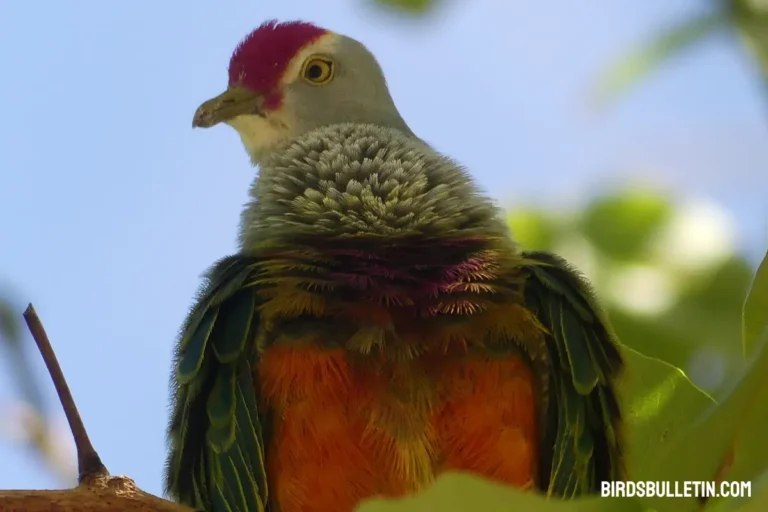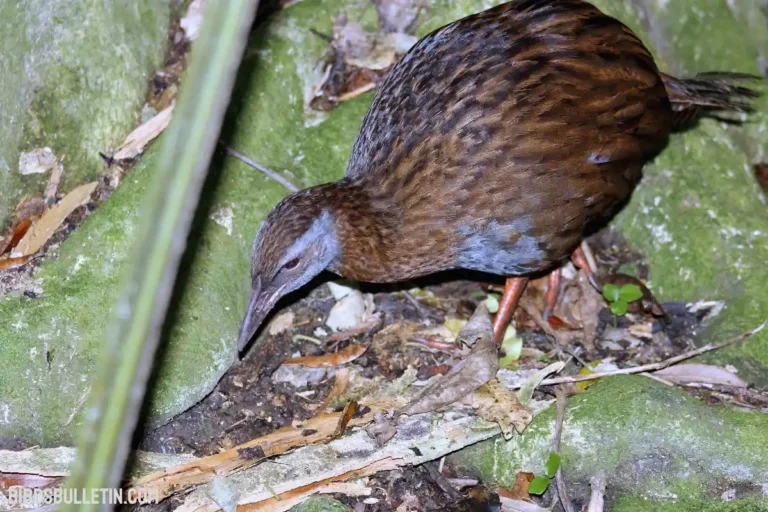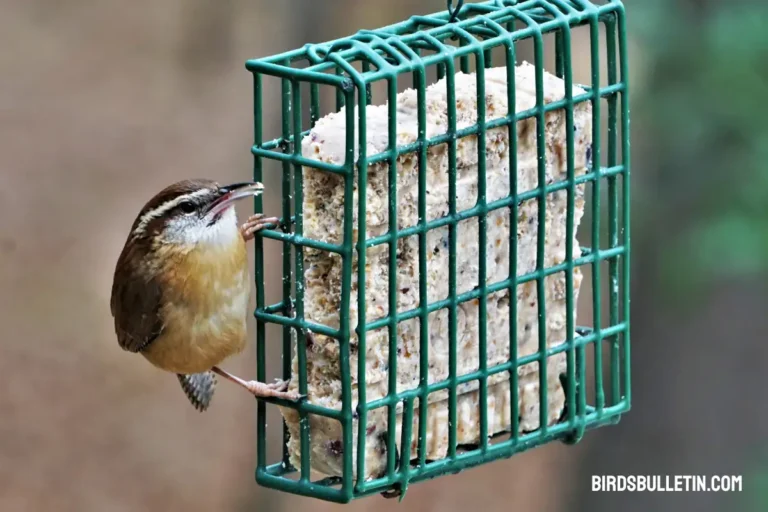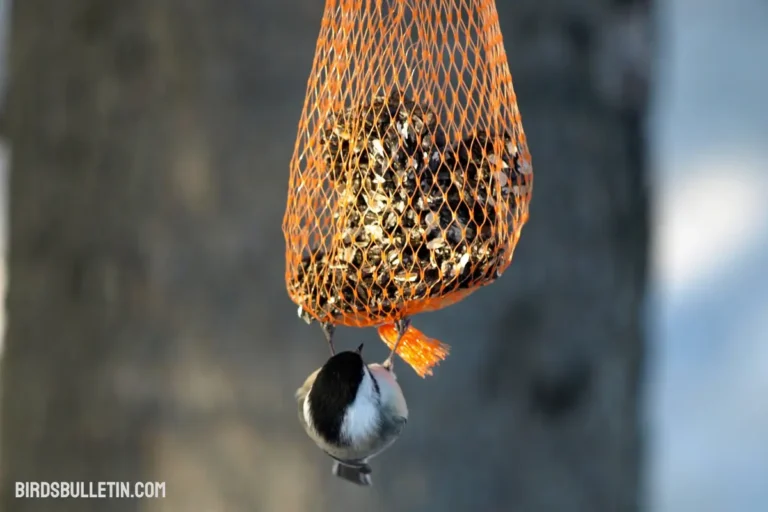What Do Hermit Thrushes Eat?
Hermit thrushes famously shy songbirds breed across northern forests before retreating to more southern woods for winter. But what exactly sustains them on their annual migrations? As omnivores, hermit thrushes eat fruit and berries to fuel their long journeys in addition to their normal insect-based diet.
Widespread yet inconspicuous, the hermit thrush typically dwells far from human habitats deep in wild forests. They blend in well camouflaged against leaf litter as they hop along woodland floors scanning for food.
During the breeding season, adults may fly up into shaded understory vegetation or over to small forest clearings while foraging. But this elusive bird finds most of its needed nutrition close to the ground.
Looking for more articles about birds’ food and diet
Favorite Hermit Thrush Foods
As seasons shift, so does the typical hermit thrush diet. These songbirds catch insects and snails among the ground leaf litter during spring breeding season.
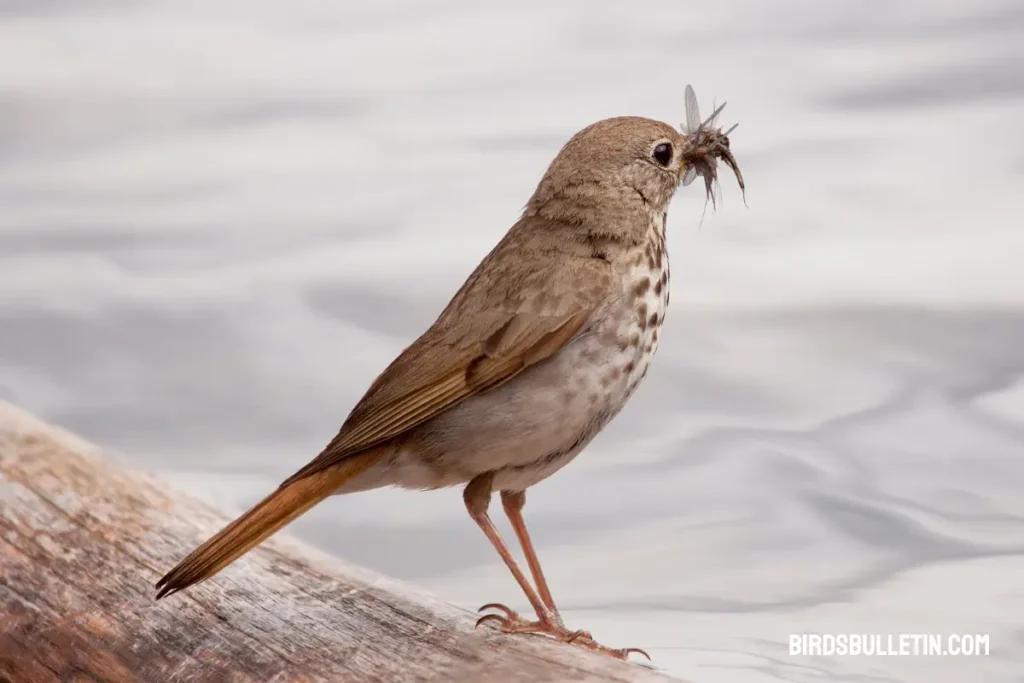
Then they increasingly supplement with wild fruits and berries during summer and fall in preparation for migration. Finally, over winter they return to more insect-based sustenance in their forest habitats further south.
Some favorite hermit thrush foods include:
| Food Item | Details |
|---|---|
| Insects and larvae | Beetles, caterpillars, ants, wasps, bugs, aphids, flies |
| Snails | Especially tiny species living in moist leaf litter |
| Berries | Elderberries, blueberries, serviceberries, black cherries |
| Fruits | Wild grapes, nightshade, dogwood, spicebush, sapodilla |
How Often Do Hermit Thrushes Eat?
Foraging activity occurs throughout the day, generally in frequent small meals rather than gorging. Nestlings may be fed 7-10 times per hour as they develop.
During fall migration, this otherwise elusive bird is most active while fueling up on fats and sugars for their long journey south.
What Time of Day Does Hermit Thrushes Feed?
Hermit thrushes tend to forage most actively in the early morning and again late afternoon/early evening. However, they periodically feed throughout daylight hours with brief pauses for other activities like preening and resting.
If overnighting during migration, they eat more heavily near dusk to store energy reserves for nighttime fasting.
How Hermit Thrushes Gather Food?
Hermit thrushes employ a variety of hunting techniques, including:
- Gleaning/leaf litter sifting: Search through leaves, soil, and thick undergrowth for insect and snail prey.
- Flycatching: Make short aerial pursuits after flying insects from low perches.
- Berry plucking: Pluck small fruits directly from vegetation while perched or make leaping grabs to break them off while fluttering wings for balance.
In their predominantly ground-feeding lifestyle, hermit thrushes typically only fly up into the understory briefly when chasing prey or gathering fruit.
They constantly stop to scan their surroundings and cock ears to listen for signs of food or danger.
What Hermit Thrushes Eat in Winter?
Their winter diet shifts to being almost exclusively carnivorous, feeding on beetles, ants, wasps, caterpillars, and other insect food among the leaf litter.
With scarcer food availability, they may join small mixed flocks of kinglets or warblers to forage more efficiently in overlapping territories.
What Do Baby Hermit Thrushes Eat?
Baby Hermit Thrushes have specific dietary needs during their early stages of development. The diet of chicks primarily consists of protein-rich foods to support their rapid growth and development. Here are some key components of what baby Hermit Thrushes eat:
01. Insects and Invertebrates: The primary source of nutrition for Hermit Thrush chicks is insects and invertebrates. Adult hermits thrush diligently forage for a variety of small creatures, including caterpillars, spiders, beetles, and other soft-bodied insects.
02. Small Arthropods: Besides insects, baby Hermit Thrushes may also consume small arthropods like spiders. The soft bodies of these creatures are easier for the chicks to digest, providing essential nutrients for their development.
03. Soft-bodied Larvae: The diet of nestling Hermit Thrushes may include soft-bodied larvae of various insects. These larvae are rich in protein and are an important food source for the growing chicks.
04. Parental Regurgitation: Like many other bird species, adult Hermit Thrushes engage in parental regurgitation to feed their chicks. They partially digest the food they forage and then regurgitate it into the mouths of the nestlings.
05. Highly Digestible Food: The food provided to baby Hermit Thrushes is typically finely broken down to make it easier for the chicks to consume. This is crucial during the early stages of their development when their digestive systems are not fully mature.
Frequently Asked Questions
01. How do hermit thrushes find food under snow?
During harsh winters, they use a “gaping” method, standing in place head down to expose more ground as snow melts in their body heat, making it easier to snatch exposed prey.
02. Do hermit thrushes eat feeder food?
They are shy, so rarely visit bird feeders. But during migration may eat raisins, currants, and chopped fruit if natural foods are scarce. Suet feeds them needed fats.
03. What’s their migration food?
They prefer wild-grown berries and fruits to fuel migration. Favorites include dogwood, grape, Virginia creeper, nightshade, spicebush, and black cherry.
04. How do they help my garden?
They eat many insects harmful to gardens and forests, especially beetles and caterpillars. And they spread fruit and berry seeds beneficial to local ecosystems through droppings.
Conclusion
With diverse foraging strategies, the adaptable hermit thrush finds needed nutrition across a range of North American forests. In cold months they subsist mainly as insect-eaters among the ground litter.
Then in warmer seasons, they balance their diet with more wild fruits to prepare for remarkable migrations. The harmonious hermit thrush and its beautiful song persist in forests thanks to this flexible, seasonal diet.
References
- Bevier, L. R., Poole, A. F., & Moskoff, W. (2005). Veery (Catharus fuscescens), version 2.0. In Birds of the World (S. M. Billerman, Editor). Cornell Lab of Ornithology, Ithaca, NY, USA.
- Terres, J. K. (1980). The Audubon Society Encyclopedia of North American Birds.
- Robbins, C. S., Bruun, B., & Zim, H. S. (2001). Birds of North America: A Guide to Field Identification.


